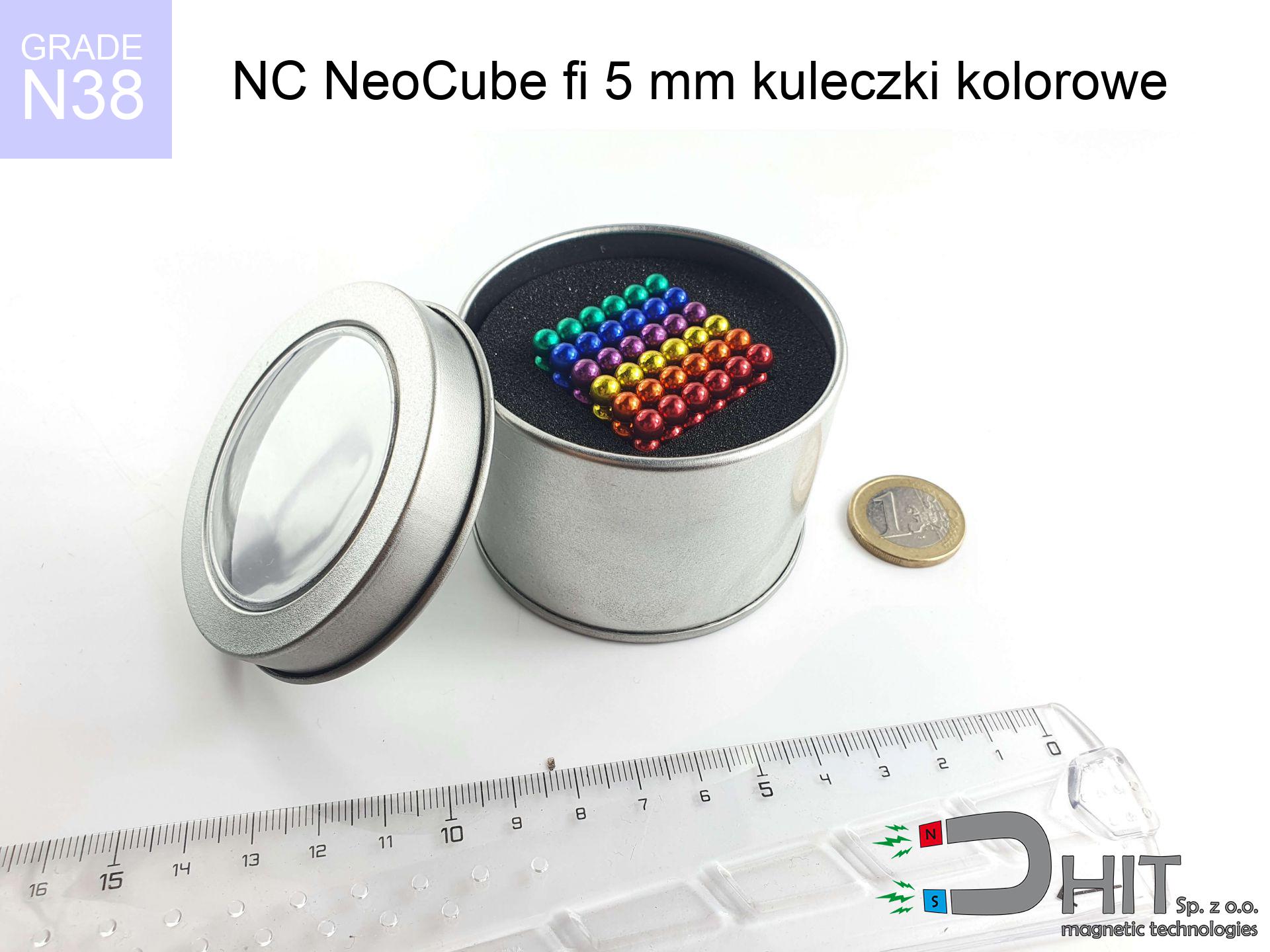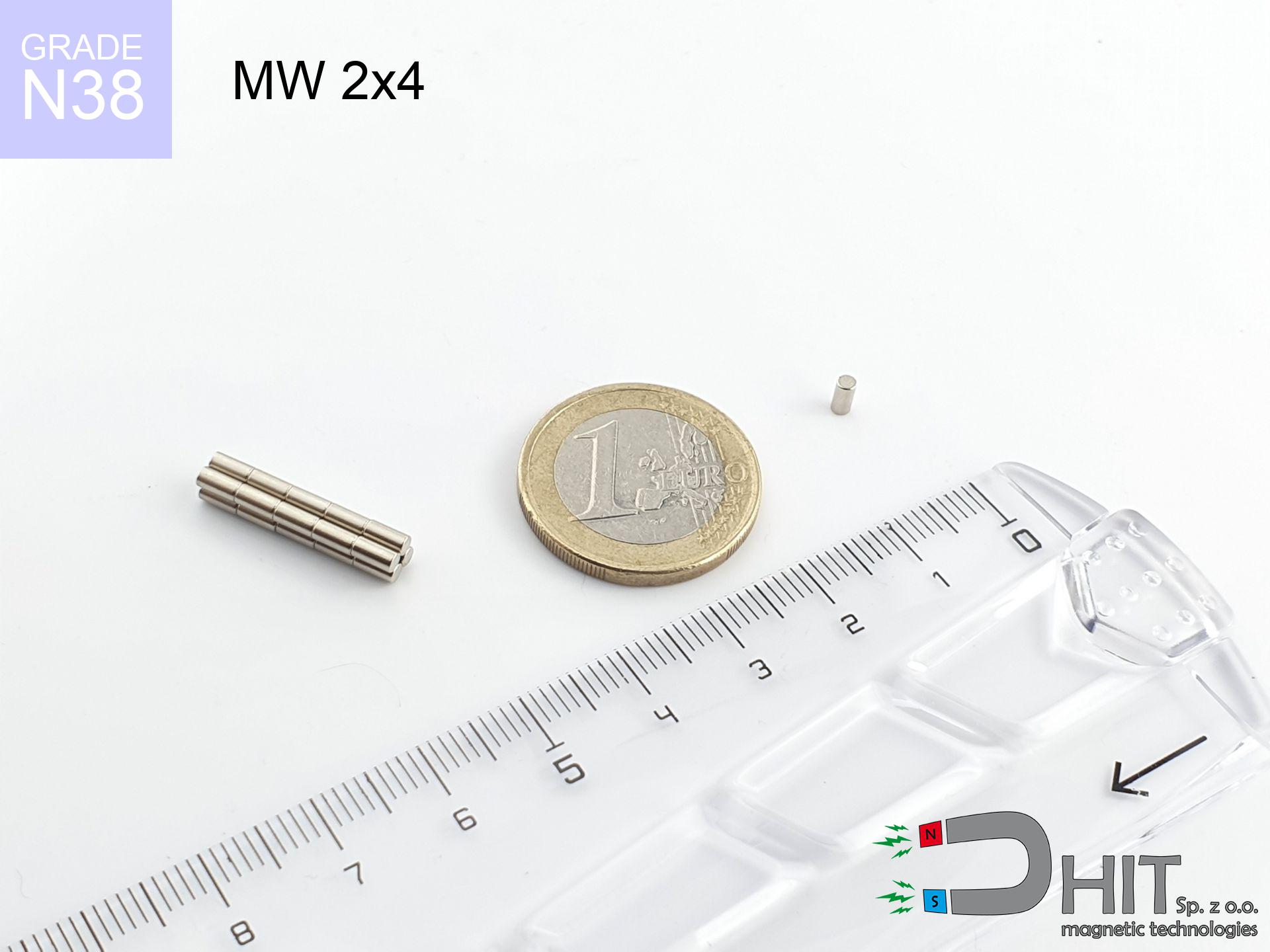UMH 48x11x65 [M6] / N38
magnetic holder with hook
catalog number 310430
GTIN: 5906301814597
diameter Ø
48
mm [±0,1 mm]
height
11
mm [±0,1 mm]
height with hook
65
mm [±0,1 mm]
magnetizing direction
↑ axial
capacity ~
88.00 kg / 862.99 N
max. temperature
≤ 80
°C
catalog number 310430
GTIN: 5906301814597
diameter Ø
48 mm [±0,1 mm]
height
11 mm [±0,1 mm]
height with hook
65 mm [±0,1 mm]
magnetizing direction
↑ axial
capacity ~
88.00 kg / 862.99 N
max. temperature
≤ 80 °C
68.88 ZŁ gross price (including VAT) / pcs +
56.00 ZŁ net price + 23% VAT / pcs
bulk discounts:
need more quantity?Want a better price?
Give us a call tel: +48 888 99 98 98 or get in touch through contact form on our website. You can check the lifting capacity and the shape of magnet in our magnetic mass calculator power calculator
Orders placed by 2:00 PM will be shipped on the same business day.
Specification: magnetic holder with hook 48x11x65 [M6] / N38 ↑ axial
Magnetic properties of the material N38
Physical properties of sintered neodymium magnets Nd2Fe14B
Recommended articles for purchase
Advantages as well as disadvantages of neodymium magnets NdFeB.
In addition to immense power, neodymium magnets have the following advantages:
- They do not lose their strength (of the magnet). After about 10 years, their power decreases by only ~1% (theoretically),
- They are highly resistant to demagnetization by external magnetic field,
- By applying a shiny coating of nickel, gold, or silver, the element gains an aesthetic appearance,
- They exhibit very high magnetic induction on the surface of the magnet,
- Thanks to their high temperature resistance, they can operate (depending on the form) even at temperatures up to 230°C and above...
- The ability for precise shaping and customization to specific needs – neodymium magnets can be produced in various forms and dimensions, which enhances their versatility in applications.
- Significant importance in modern technologies – find application in HDD drives, electric drive mechanisms, medical equipment or very advanced devices.
Disadvantages of neodymium magnets:
- They can break when subjected to a strong impact. If the magnets are exposed to impacts, we recommend using magnets in a metal holder. The steel housing in the form of a holder protects the magnet from impacts and at the same time increases its overall strength,
- High temperatures can reduce the power of neodymium magnets. Typically, after heating above 80°C, most of them experience a permanent loss in strength (although it is dependent on the form and size). To prevent this, we offer special magnets marked with the symbol [AH], which are highly resistant to high temperatures. They can operate even at temperatures up to 230°C, making them an ideal solution for applications requiring high-temperature operation,
- They rust in a humid environment - during outdoor use, we recommend using waterproof magnets, such as those made of rubber or plastic,
- The use of a cover - a magnetic holder is recommended due to the limited production capabilities of creating threads or complex shapes in the magnet
- Health risk associated with microscopic parts of magnets are risky, when accidentally ingested, which is particularly important in the context of child safety. Furthermore, miniscule components of these magnets can complicate diagnosis after entering the body.
Precautions
Do not place neodymium magnets near a computer HDD, TV, and wallet.
Neodymium magnets generate intense magnetic fields that can damage magnetic media such as floppy disks, video tapes, HDDs, credit cards, magnetic ID cards, cassette tapes, or other devices. They can also damage devices like video players, televisions, CRT computer monitors. Remember not to place neodymium magnets close to these electronic devices.
Neodymium magnets are the most powerful, most remarkable magnets on the planet, and the surprising force between them can surprise you at first.
Read the information on our website on how to properly utilize neodymium magnets and avoid significant harm to your body and unintentional damage to the magnets.
Neodymium magnets can become demagnetized at high temperatures.
Although magnets have shown to retain their effectiveness up to 80°C or 175°F, this temperature may vary depending on the type of material, shape, and intended use of the magnet.
People with pacemakers are advised to avoid neodymium magnets.
Neodymium magnets generate very strong magnetic fields that can interfere with the operation of a pacemaker. This happens because such devices have a function to deactivate them in a magnetic field.
Neodymium magnetic are noted for being fragile, which can cause them to become damaged.
Neodymium magnets are fragile and will crack if allowed to collide with each other, even from a distance of a few centimeters. Despite being made of metal as well as coated with a shiny nickel plating, they are not as hard as steel. At the moment of collision between the magnets, small sharp metal fragments can be propelled in various directions at high speed. Eye protection is recommended.
Under no circumstances should neodymium magnets be brought close to GPS and smartphones.
Magnetic fields interfere with compasses and magnetometers used in navigation for air and sea transport, as well as internal compasses of smartphones and GPS devices.
Neodymium magnets are primarily characterized by their significant internal force. They attract to each other, and any object that comes in their way will be affected.
Neodymium magnets bounce and also clash mutually within a radius of several to almost 10 cm from each other.
Maintain neodymium magnets far from children.
Neodymium magnets are not toys. You cannot allow them to become toys for children. Small magnets pose a serious choking hazard or can attract to each other in the intestines. In such cases, the only solution is to undergo surgery to remove the magnets, and otherwise, it can even lead to death.
The magnet coating is made of nickel, so be cautious if you have an allergy.
Studies clearly indicate a small percentage of people who suffer from metal allergies such as nickel. An allergic reaction often manifests as skin redness and rash. If you have a nickel allergy, try wearing gloves or avoid direct contact with nickel-plated neodymium magnets.
Dust and powder from neodymium magnets are flammable.
Do not attempt to drill into neodymium magnets. Mechanical processing is also not recommended. Once crushed into fine powder or dust, this material becomes highly flammable.
To raise awareness of why neodymium magnets are so dangerous, see the article titled How very dangerous are strong neodymium magnets?.

![UMH 48x11x65 [M6] / N38 UMH 48x11x65 [M6] / N38](https://cdn3.dhit.pl/graphics/products/umh-48x11x65-m6-wiw.jpg)
![UMH 48x11x65 [M6] / N38 UMH 48x11x65 [M6] / N38](https://cdn3.dhit.pl/graphics/products/umh-48x11x65-m6-soh.jpg)





